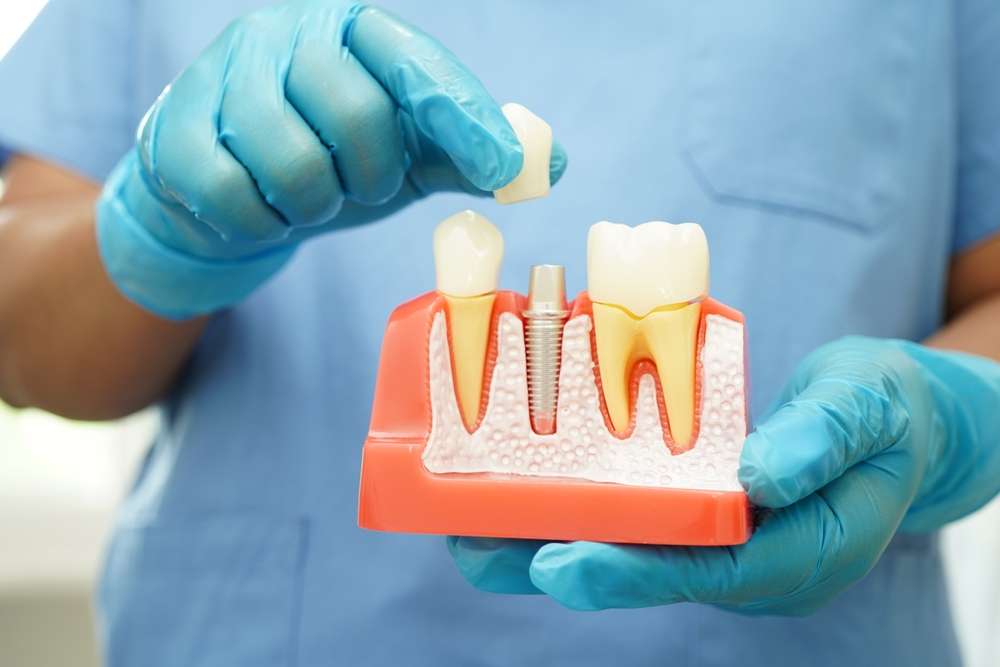The Truth About Screwless Dental Implants for Seniors: Cost & Benefits Explained
Considering dental implants but worried about a complex, invasive procedure? Discover why many seniors are turning to a simpler, screwless alternative for a confident smile. This guide breaks down the benefits and costs of this modern dental solution, helping you find the right option for a comfortable, healthy future.

Screwless dental implants have emerged as a compelling alternative to traditional screw-retained implants, particularly for seniors seeking tooth replacement solutions. These innovative implants use specialized attachment mechanisms that eliminate the need for conventional screws while maintaining secure prosthetic connections. The technology addresses common concerns among older adults, including simplified maintenance procedures and reduced mechanical complications over time.
What is the cost of screwless dental implants?
The financial investment for screwless dental implants typically ranges from $3,000 to $6,000 per implant, depending on various factors including geographic location, practitioner expertise, and individual case complexity. This cost structure generally aligns with or slightly exceeds traditional implant pricing due to the specialized components and techniques involved. Additional expenses may include preliminary procedures such as bone grafting, which can add $500 to $3,000 to the total treatment cost.
Several variables influence the final price point for screwless implants. The complexity of the case, number of implants required, and choice of prosthetic materials all contribute to cost variations. Geographic location significantly impacts pricing, with urban areas typically commanding higher fees than rural regions. The experience level and specialization of the dental professional also affects treatment costs, as specialists in implant dentistry often charge premium rates for advanced procedures.
What financing options are available for seniors seeking dental implants?
Seniors have access to multiple financing pathways to manage dental implant expenses effectively. Dental insurance coverage varies significantly, with some plans providing partial coverage for implant procedures while others exclude them entirely. Medicare typically does not cover dental implants, though Medicare Advantage plans may offer limited dental benefits that could apply to certain aspects of treatment.
Healthcare financing companies provide specialized payment plans designed for dental procedures. These options often include interest-free periods ranging from six to twenty-four months, allowing seniors to spread costs over manageable timeframes. Credit options such as CareCredit and LendingClub offer extended payment terms with competitive interest rates for qualified applicants.
| Provider Type | Financing Option | Typical Terms |
|---|---|---|
| Dental Insurance | Partial Coverage | 10-50% of costs |
| CareCredit | Healthcare Financing | 6-60 months, promotional rates |
| LendingClub | Personal Loans | 3-7 years, fixed rates |
| Dental Practice | In-house Plans | 12-24 months, varies by practice |
Prices, rates, or cost estimates mentioned in this article are based on the latest available information but may change over time. Independent research is advised before making financial decisions.
What is the screwless implant procedure and recovery like?
The screwless implant procedure follows a systematic approach that differs from traditional implant placement in several key aspects. Initial consultation involves comprehensive imaging and treatment planning to determine optimal implant positioning and prosthetic design. The surgical phase typically requires local anesthesia, with the implant placement process generally completed within one to two hours per implant site.
Recovery from screwless implant surgery generally mirrors traditional implant healing timelines, with initial soft tissue healing occurring within one to two weeks. The osseointegration process, where the implant fuses with surrounding bone tissue, typically requires three to six months for complete integration. During this period, patients receive temporary prosthetic solutions to maintain function and aesthetics.
Post-operative care instructions emphasize gentle oral hygiene practices and dietary modifications during the initial healing phase. Pain management typically involves over-the-counter medications, though prescription pain relievers may be necessary for the first few days following surgery. Regular follow-up appointments allow practitioners to monitor healing progress and address any concerns that may arise during recovery.
The screwless design offers particular advantages during the recovery period, as the elimination of screw components reduces potential sites for bacterial accumulation and simplifies cleaning procedures. This feature proves especially beneficial for seniors who may experience dexterity challenges with traditional implant maintenance routines.
Long-term success rates for screwless implants compare favorably with conventional implant systems, with studies indicating similar survival rates and patient satisfaction levels. The simplified maintenance requirements and reduced mechanical complexity contribute to the appeal of this technology among senior patients seeking reliable tooth replacement solutions.




